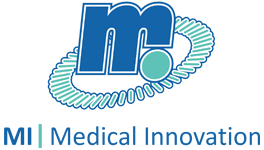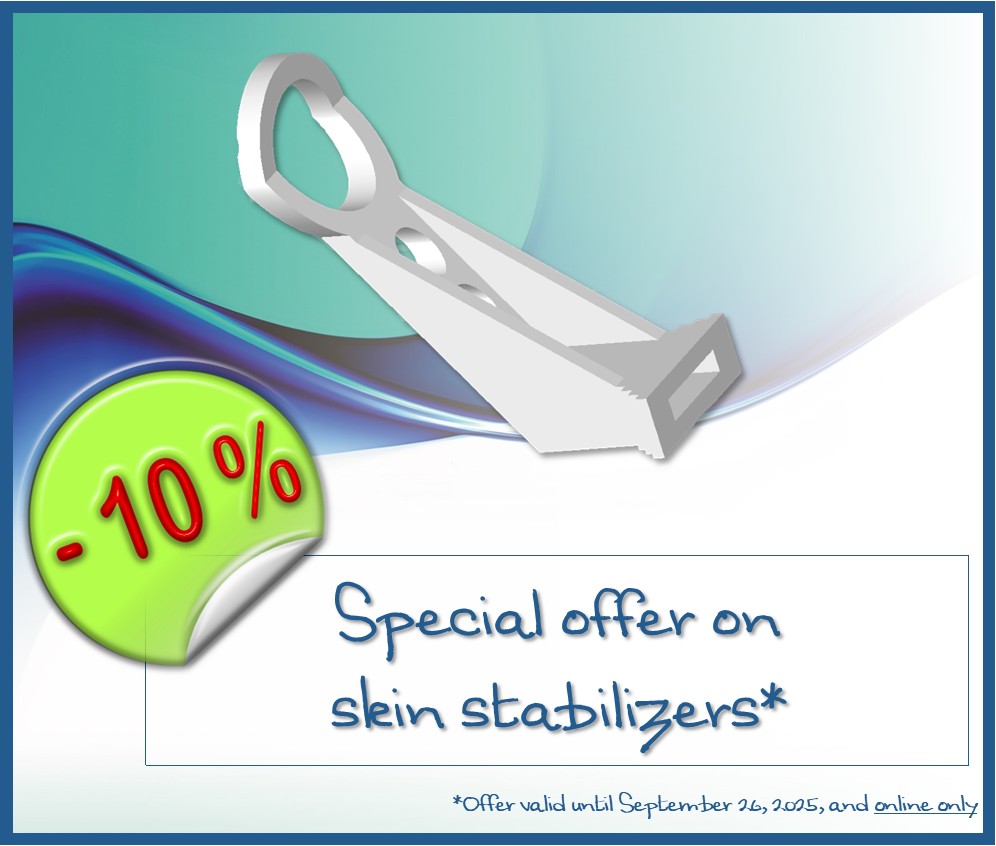- Introduction
-
Mesotherapy
- Doctor Pistor
- Discover the action of mesotherapy
- Advantages of mesotherapy
- Hygiene and asepsis in mesotherapy
-
Présentation de la mésothérapie
-
Mesotherapie "medical"
- Mesotherapy & Pain
- Muscle strain
- Mesotherapy and migraine
- Mesotherapy and fibromyalgia
- Knee mesotherapy
- Arthrose et Mésothérapie
- Carpal tunnel treatment
- Rhumatologie et Mésothérapie
- Meso-stress
- Mesotherapy & Back Pain
- Mesotherapy & Warts
- Mesotherapy & Zona
- Mesotherapy & low back pain
- MESOTHERAPY AND ELONGATION
- Mesotherapy and chronic neck pain
- Mesotherapy and tinnitus
- Mesotherapy and stress fractures
- Algodystrophie et mésothérapie
- Mesotherapy and contractures
- Epicondylitis and mesotherapy
- Achilles tendon treatment by mesotherapy
- Mesotherapy sports
- Mésoperfusion
- Aesthetic Mesotherapy
- Mesotherapy veterinary
-
Mesotherapie "medical"
- Why use a Pistor ??
- Injection techniques
- Formation
- The Pistor
- Consummables
Cart
0
Product
Products
(empty)
No products
To be determined
Shipping
0,00 €
Tax
0,00 €
Total
Prices are tax included
Product successfully added to your shopping cart
Quantity
Total
There are 0 items in your cart. There is 1 item in your cart.
Total products
(tax incl.)
Total shipping (tax incl.)
To be determined
Tax
0,00 €
Total
(tax incl.)
Mesotherapy : History and presentation
Mesotherapy : A Targeted and Effective Therapeutic Approach
Mesotherapy is a medical technique developed in 1952 by Dr. Michel Pistor. It is based on the repeated injection of low doses of medications, whether allopathic (with the exception of corticosteroids) or homeopathic, directly into or under the skin, precisely at the site of the pain or disorder, as well as at its source.
Today, this method is an integral part of the therapeutic tools available to physicians. Mesotherapy offers an effective alternative in many areas: pain of traumatic or neurological origin, circulatory disorders, ENT conditions, and even cosmetic treatments. Thanks to its proven results, Mesotherapy has become an increasingly popular complementary solution.
One of the major advantages of Mesotherapy is that it allows patients to benefit from the positive effects of treatments while minimizing the side effects associated with oral medication. Its effectiveness is based on a dual mechanism: a mechanical action linked to the needle's penetration and a local pharmacological action. The effects are felt at different levels: local, regional, and central. The insertion of the needle also triggers physiological responses that contribute to the overall analgesic effect.
The philosophy of this practice is perfectly summed up by Dr. Michel Pistor's motto:
"Little, rarely, and in the right place."
Recognized since 1987 by the French Academy of Medicine as a component of conventional medicine, mesotherapy has also benefited, since 1989, from an Inter-University Diploma (DIU) that ensures the rigorous training and competence of its practitioners.
Who is it for ?
There are several reasons that lead people to Mesotherapy .
The patient knows about this technique and prefers to have his medicine administered through mesotherapy rather than taking it orally.The patient is already following a parallel conventional treatment and Mesotherapy as the action stays local and there is no risk of medicines
Interacting.
The patient comes as a last resort as all other conventional treatments have failed.
Most people can receive Mesotherapy however those being treated for hypertension, diabetes or taking antibiotics should consult with their GP first to ensure there are no contra indications.
What products are injected ?
Mesotherapy is administrated differently to other medicines. It uses multiple superficial injections in the skin localised to the problem area. The medicines injected are those usually available from the pharmacy with the exception of cortisone.
The doses delivered are tiny and therefore the skin can be used as a reservoir allowing the slow release/diffusion of the injected drug(s). Altogether no more than 5cc are injected in one session. Mesotherapy is rarely contraindicated and side effects are rare. Mesotherapy can be used in conjunction with other treatments, thus reducing the need to take medicines orally.
/Peau Ang.jpg) Different injection techniques
Different injection techniques
According to Doctor Michel Pistor it is possible to inject inter-dermically between 1 and 13 mm.
- Epidermic Mesotherapy this is basic technique of injecting into the layers, this is a non bloody procedure.
- Wet and dry Mesotherapy herapy multiple punctures act on the epidermis and the superficiel layer of the skin.
- Embossing injection of product in-between the epidermis and dermis causing the layers to separate.
- This causes an embossing and whitening of the skin.
- Layering this can be epidermic, basal, or dermic depending on the angle and pressure of the needle.
- Mesoperfusion ( a.k.a slow Mesotherapy). Either injected subcutaneously or intradermically between 2-13mm. This technique is characterised by a pulsing, injection time between 1-5secs followed by 10-50sec pause.
Which fields can it are used in
Rheumatology: degenerative pathology, shoulders, knees, elbows, rickets disease.
Neurology : anxiety, insommnia
Ear,nose and throat : treatment of infections, allergies, tinnitus and dizziness
Pneumology : prevention of infection diseases
Gastrology : colonic spasms
Trauma/injury : tendonitis, torsions, muscle spasms, strains, periostinitis
Vascular : migraine, heart failure, bedsores.
Gynaecology : dysmenorrheal
Dermatology : acne, psoriasis, herpes, shingles.
Advantages of Mesotherapy
Mesotherapy had several advantages, among these are less undesirable side effects. This is due to the slow perfusion of medicines which gives a longer action in the local problem area. This is extremely advantageous in some treatments, for example the use of anti-inflammatories in the treatment of ulcers.
LITTLE, RARELY AND IN THE RIGHT PLACE - Doctor Michel Pistor ( forefather of mesotherapy)
“ Mesotherapy is the method of introducing allopathic medicines either trans or peridermically” - Andre Dalloz-Bouguignon

/M Pistor 3.jpg)
